Each year during winter and spring, thousands of humpback whales travel along the east coast of Australia. And thanks to its expansive coastline, Sydney is one of Australia’s best spots for whale watching.
Sydney’s whale watching season runs from May to November, with an especially good chance to see mothers and calves during October and November.
You can reach popular whale watching vantage points via public transport from central Sydney. Or if you want to get out on the water, close to all the action, tours depart from Circular Quay, Darling Harbour, and Manly throughout whale watching season.
Best Time for Whale Watching in Sydney
Humpback and southern right whales migrate along the New South Wales coastline each year, passing close to Sydney’s shores. Sightings are influenced by migration timing, activity patterns, and daily weather conditions.
Whale Migration Season in Sydney
Sydney’s whale watching season typically runs from mid-May to early November. During this time, thousands of humpback whales travel north to Queensland’s warmer waters to breed. From September to November, whales make their return journey south with calves in tow.
The main type of whales you can expect to see are the humpback whales and, less frequently, southern right whales. If you’re lucky, you might also spot dolphins.
Peak Months for Sydney Whale Watching
Not a Sydney local? If you’re planning a trip and want the best chance of seeing whales, select dates between May and November.
June and July are considered the best months for watching whales heading north, while October and early November offer great opportunities to see mothers with calves returning south. Your chances of seeing whales off the coast of Sydney are highest within these months.
Weather Conditions
Sydney’s winter months are cooler and weather can be unpredictable.
Visibility for whale watching is greatly improved on sunny days. Try to avoid days with strong winds or heavy rain, as these conditions can limit sightings and make boat trips less comfortable.
When deciding on a whale watching experience, always check the local weather forecast before heading out. Tour operators may cancel or reschedule trips based on safety and visibility concerns.
Where to Go Whale Watching in Sydney
Sydney offers outstanding whale watching opportunities, both from scenic coastal vantage points and aboard boat tours.
Top Whale Watching Vantage Points
Sydney’s coastline features several spots ideal for catching sight of migrating whales between May and November. Cape Solander in Kamay Botany Bay National Park is especially popular, offering viewing platforms and interpretive displays. Barrenjoey Headland at Palm Beach provides elevated views.
Gap Bluff near South Head and Fairfax Lookout at North Head are also excellent, each with clear sightlines over the open ocean beyond Sydney Harbour. Bondi Beach offers accessibility and the bonus of nearby cafes and coastal walks. For a vantage point that offers more of an adventure, head to Royal National Park and set out from Bundeena to pitch up on the escarpment along The Coast Track.
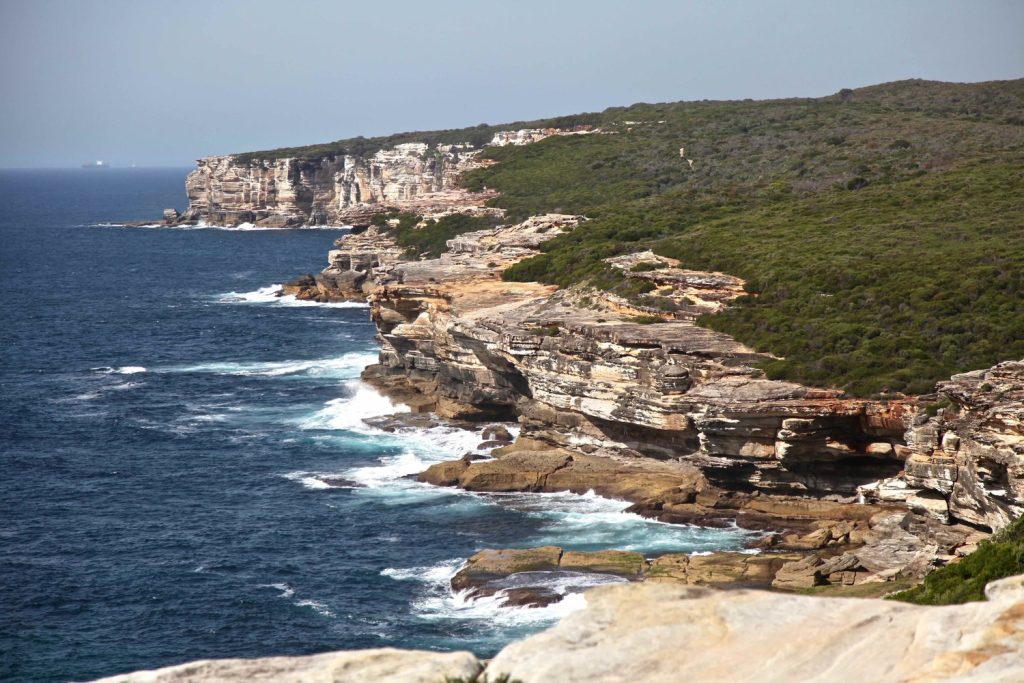
To summarise, these are some of the best locations for whale watching in Sydney:
For more whale watching spots in and around Sydney, check out these recommendations from NSW National Parks.
Popular Whale Watching Cruises
Several local operators run whale watching cruises departing from Circular Quay, Darling Harbour, and Manly. These tours usually last between two to three hours and take you close to the whale migration routes off the coast. Boats are purpose-built for stability and comfort, with options like multi-level viewing decks and both indoor and outdoor seating.
Whale watching tour operators in Sydney include:
Cruises typically operate during the whale migration season from May to November and feature live commentary from experienced guides. Advance booking is recommended, especially during peak months and school holiday periods.
Tips for a Successful Whale Watching Experience
Sydney’s whale watching conditions can shift quickly, from sunny and calm to chilly and windy. Dress in layers so you can adjust to Sydney’s changing weather. A warm, waterproof jacket is highly recommended, especially if you’re heading out on a boat, as it can get cold and wet out at sea.
What to Bring
How to Maximise Sightings
The peak whale watching season in Sydney runs from May to November, when thousands humpback whales migrate along the coast. Joining a whale watching tour can greatly improve your chances of seeing whales, thanks to the experience of the guides. But with some planning you can also spot whales from Sydney’s coastal vantage points.
Stay patient and keep your eyes peeled for spouts, tail flukes, and breaching. Watch for clusters of sea birds, which sometimes indicate whales are feeding nearby. Popular vantage points include Sydney Harbour National Park, North Head, and South Head. If you’re on a boat tour, move to the outside deck for unobstructed views, and always follow all safety instructions provided by the crew.
Types of Whales Seen in Sydney
Sydney’s coastline provides a vantage point for sighting several whale species during the annual migration period.
Humpback Whales
Humpback whales are the most commonly spotted species off Sydney. You can expect to see them on almost every whale watching trip. These whales are well known for breaching and tail slapping, which can be highlights of a whale watching experience.
Adult humpbacks reach up to 16 metres in length and can weigh over 30,000 kilograms. They migrate past Sydney’s coast twice each year—northwards to tropical breeding grounds and southwards to Antarctic feeding areas. Humpbacks travel close to shore, making them easier to view from both land lookouts and boats.
If you’re interested in their behaviour and lifecycle, you’ll notice mothers with calves during the southern migration in spring. Their playful displays and predictable migration route have made them a central attraction for whale watching in Sydney.
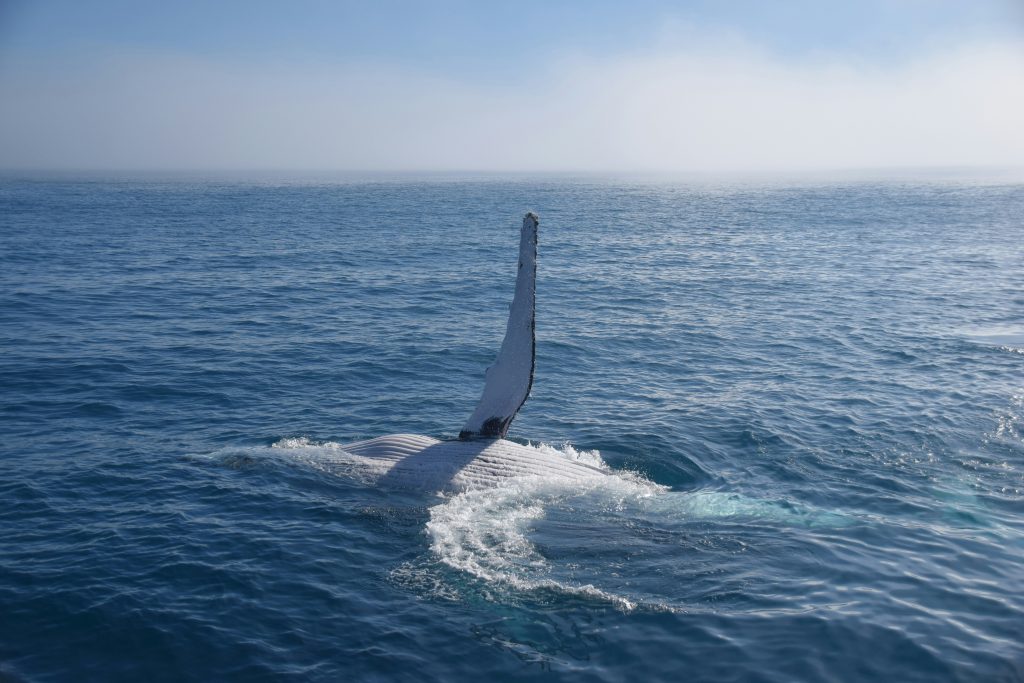
Southern Right Whales
Southern right whales are less commonly seen than humpbacks, but they do visit Sydney’s waters, particularly in winter months. They prefer shallow, sheltered coastal bays which makes sighting them from beaches or cliff tops possible.
These whales are easily distinguished by their broad backs, lack of dorsal fin, and large, rough patches of skin called callosities on their heads. Southern rights are typically slower and spend more time at the surface, giving you longer viewing opportunities.
Adults can grow up to 17 metres long and weigh around 80,000 kilograms.
Other Marine Wildlife
While humpback and southern right whales are the star attractions, there’s a chance to see other marine animals during your whale watching experience. Occasional sightings of minke whales, orcas, and even blue whales are possible, though these are more rare off Sydney’s coast. You’re more likely to see pods of dolphins, and you should keep an eye out for sea birds too.
Bring a good pair of binoculars for a closer look at whales, dolphins, and seabirds. Sunglasses, sunscreen, and a hat are essential since the sun’s glare can be strong on the water. And don’t forget your camera!
Frequently Asked Questions
What is the peak season for whale watching in Sydney?
The whale migration season in Sydney typically runs from late May to early November. The peak time is June through July, when humpback whales can be seen travelling north and then returning south with their calves.
How much does it cost to do a whale watching tour in Sydney?
Prices for whale watching tours in Sydney generally start from around $55 to $100 per adult, depending on the duration and type of boat. Premium or small-group tours may cost more, offering extra amenities or a longer cruising time.
Where are the best locations for spotting whales in Sydney?
Popular vantage points for whale watching include North Head, South Head, Cape Solander, and Barrenjoey Headland. If you’re joining a boat tour, most depart from Circular Quay or Darling Harbour in central Sydney, however some tours depart from Manly.
Is it possible to see dolphins during whale watching tours in Sydney?
Yes, dolphins are often spotted during whale watching tours off the coast of Sydney.

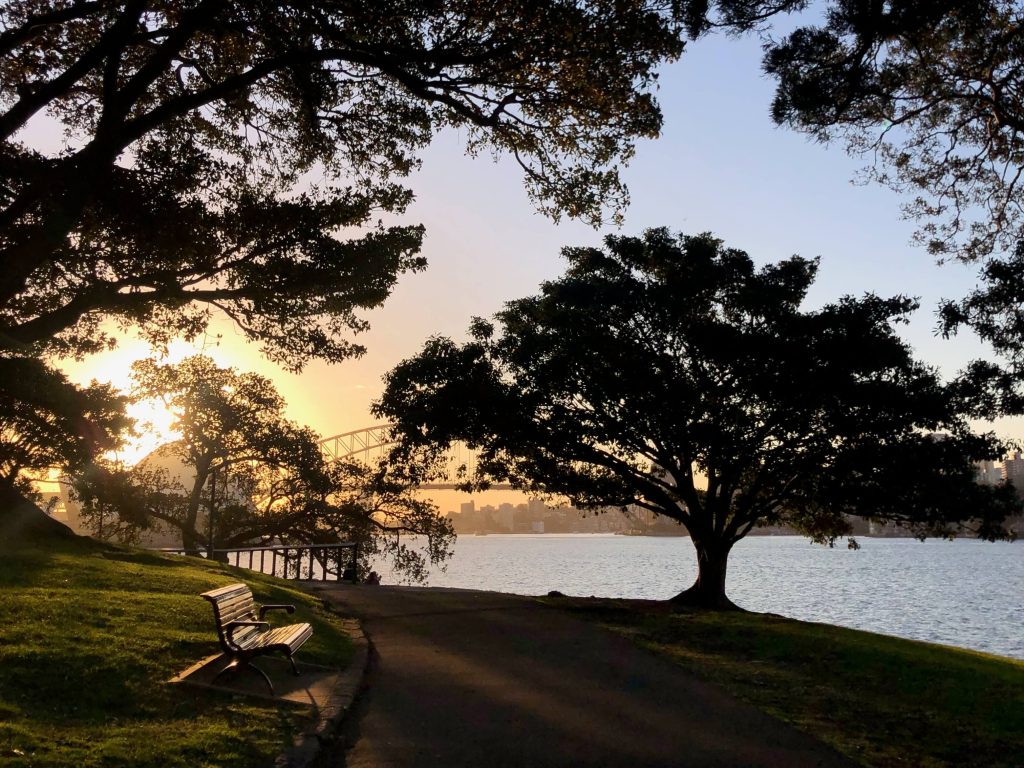
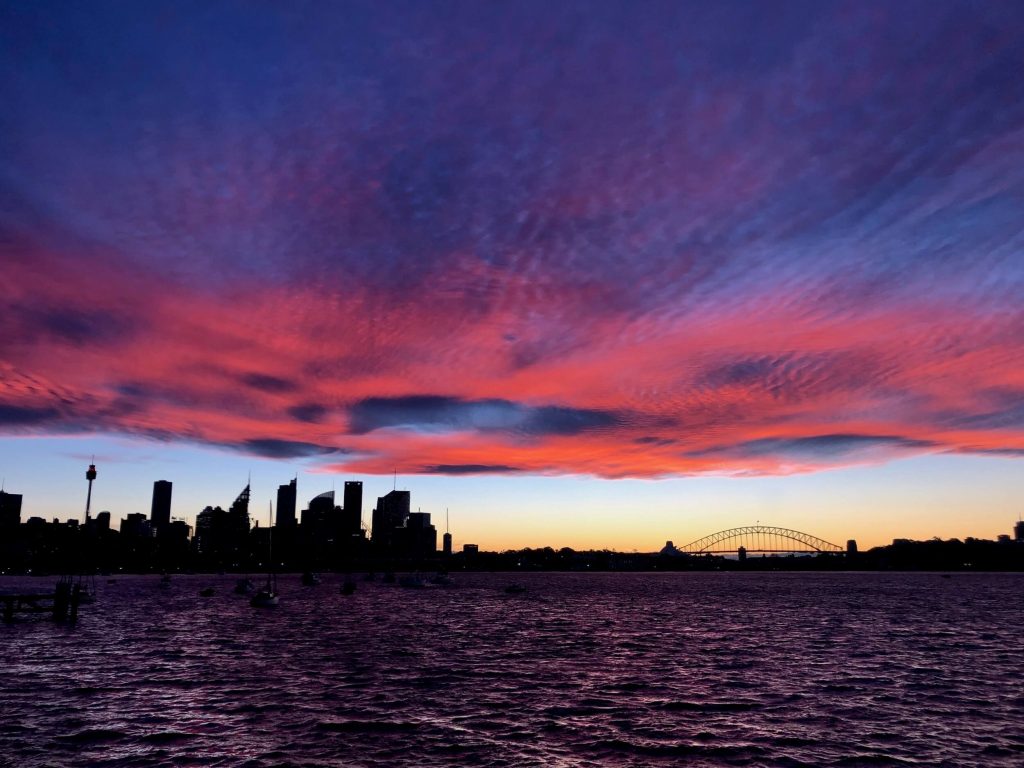
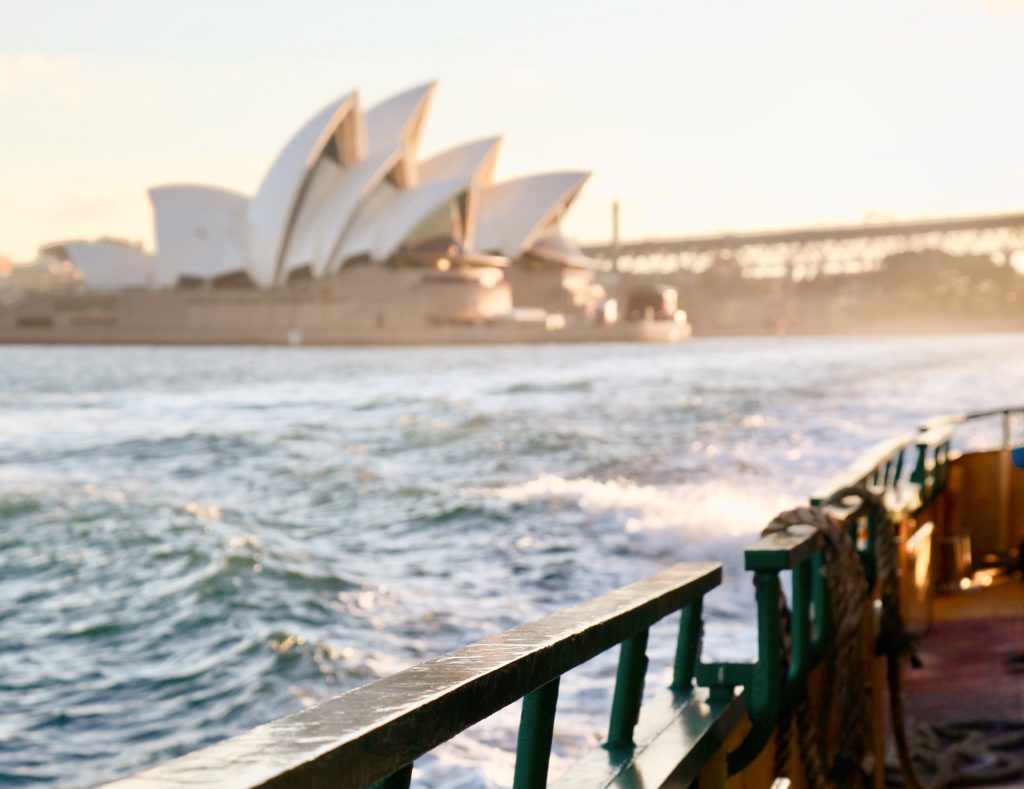
Pingback: What’s On: Sydney Events Calendar 2025 - Sydney Outdoors